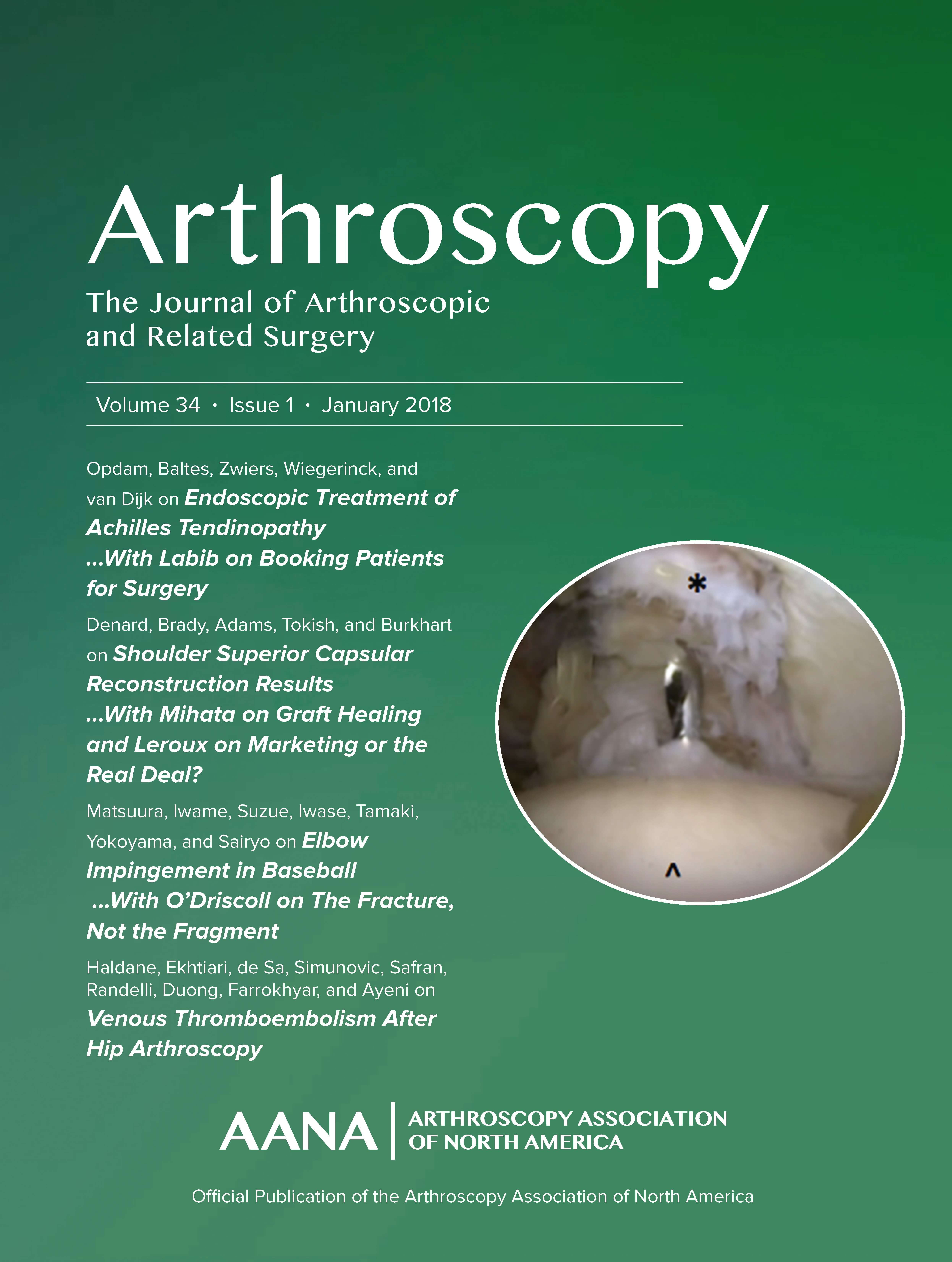
No clinical significance between transportal & outside-in technique in ACL reconstruction

No clinical significance between transportal & outside-in technique in ACL reconstruction
Femoral Graft Bending Angle and Femoral Tunnel Geometry of Transportal and Outside-In Techniques in Anterior Cruciate Ligament Reconstruction: An In Vivo 3-Dimensional Computed Tomography Analysis
Arthroscopy. 2012 Nov;28(11):1682-94. doi: 10.1016/j.arthro.2012.05.884.Did you know you're eligible to earn 0.5 CME credits for reading this report? Click Here
Synopsis
39 patients undergoing anatomic double-bundle anterior cruciate ligament reconstruction were randomized to two different femoral tunnel drilling techniques; the transportal technique or the outside-in technique. The results of the study have indicated that the outside-in technique results in more acute femoral graft bending angles and longer mean anteromedial femoral tunnel lengths, but it has yet...
To view the full content, login to your account,
or start your 30-day FREE Trial today.
FREE TRIAL
LOGIN
Forgot Password?
Explore some of our unlocked ACE Reports below!

Learn about our AI Driven
High Impact Search Feature
Our AI driven High Impact metric calculates the impact an article will have by considering both the publishing journal and the content of the article itself. Built using the latest advances in natural language processing, OE High Impact predicts an article’s future number of citations better than impact factor alone.
Continue



 LOGIN
LOGIN

Join the Conversation
Please Login or Join to leave comments.